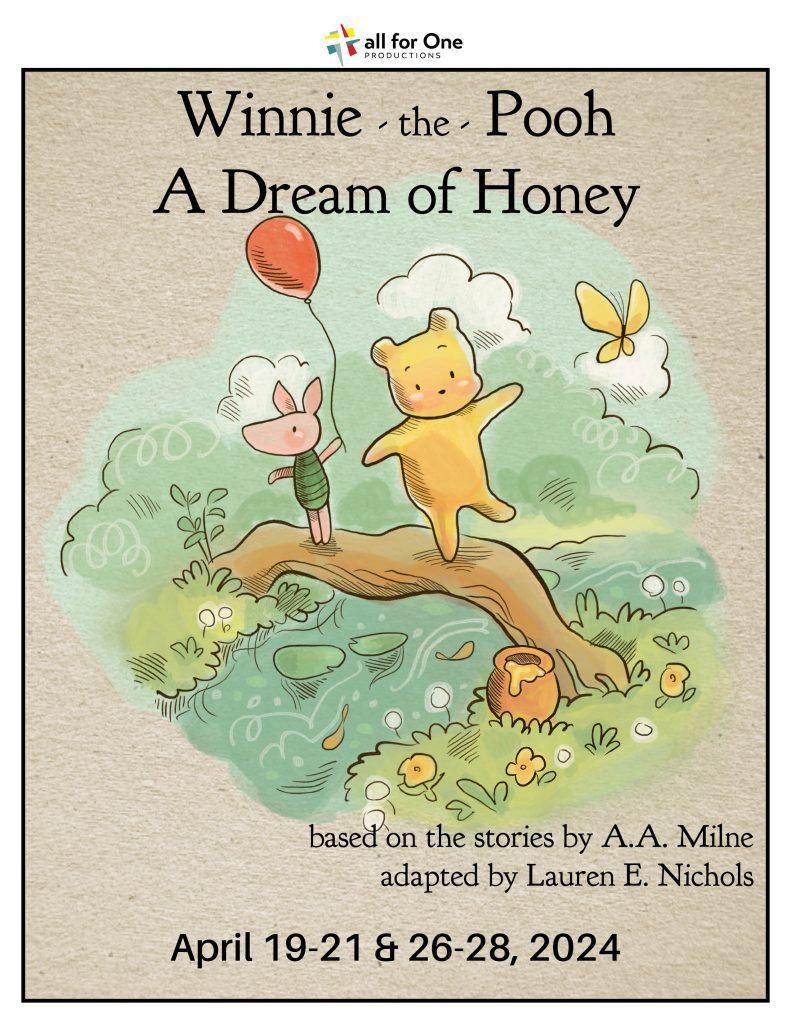About the origins and creator of Pooh
In 1914, Harry Coleburn, a veterinary surgeon, was traveling with the Fort Garry Cavalry unit from Winnipeg, Manitoba, Canada to Great Britain, to prepare to fight in World War I. Getting off the train to stretch his legs at a rest stop, Coleburn met a trapper who’d killed a black bear, but couldn’t bring himself to kill the cub. He was trying to sell it. Coleburn impulsively bought the bear and named it Winnipeg (Winnie for short). The cub became the regimental mascot, begging for treats–especially honey and condensed milk!–and was much loved by the men. It was obviously impossible to take a bear to France, so the vet initially loaned Winnie to the London Zoo, thinking the war would soon be over. Four years later when Coleburn returned, Winnie had become a great favorite of the London children, who were even allowed to feed him since he was so tame. It was obvious that the bear was too happily adapted to his new environment to be moved again.
And a good thing, too! For it was at the London Zoo in the early 1920s that young Christopher Milne met Winnie. He loved the bear so much that he renamed his stuffed bear (formerly known as Edward) ‘Winnie’. At some point he added ‘the Pooh’ which was a reference to his name for a celluloid swan he had once had–or a live one he’d fed, according to which version of the story is accurate.
In any case, A.A. Milne was often asked by his son to make up stories about Winnie-the-Pooh, and the rest of Christopher’s stuffed friends: Piglet, Eeyore, Tigger, Kanga and Roo. (Milne added Rabbit and Owl himself, from his own imagination.)
We have four more posts about Winnie-the-Pooh and how we came to adapt the story and bring it to life on stage. Follow us on Facebook and Instagram to stay up to date on the production process!
afO’s Winnie-the-Pooh: A Dream of Honey opens April 19.

